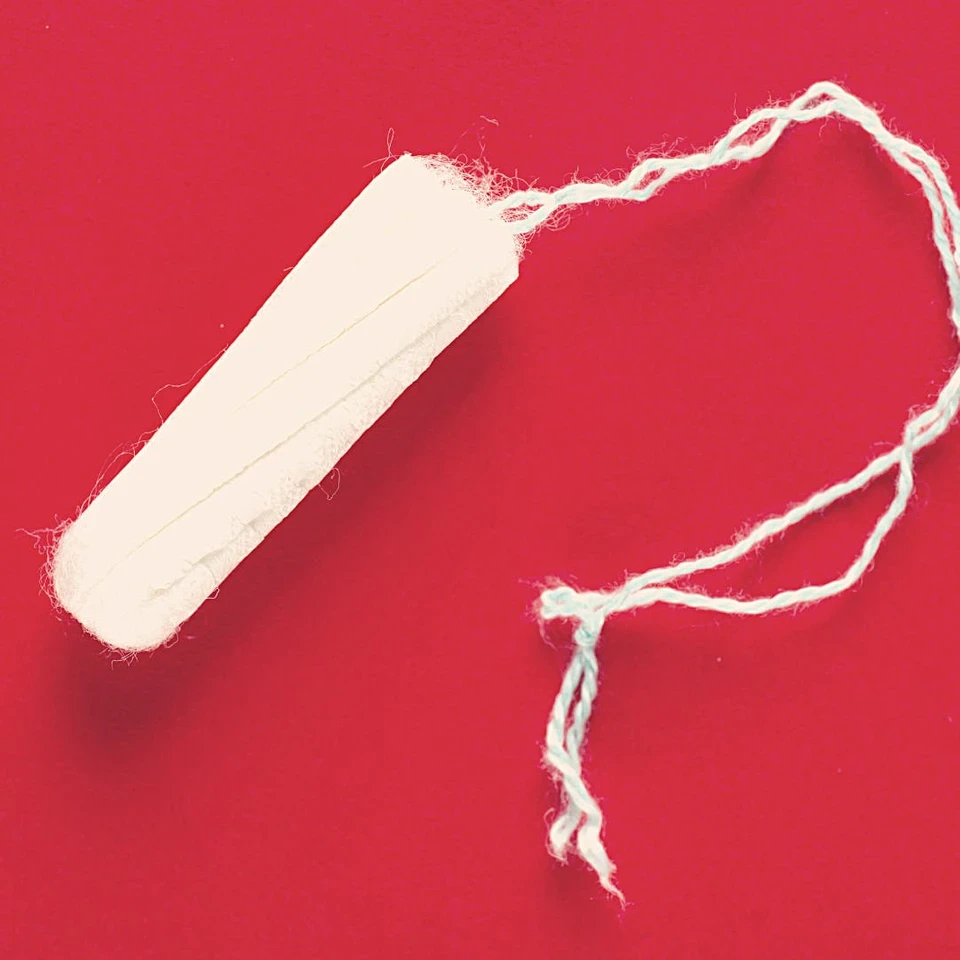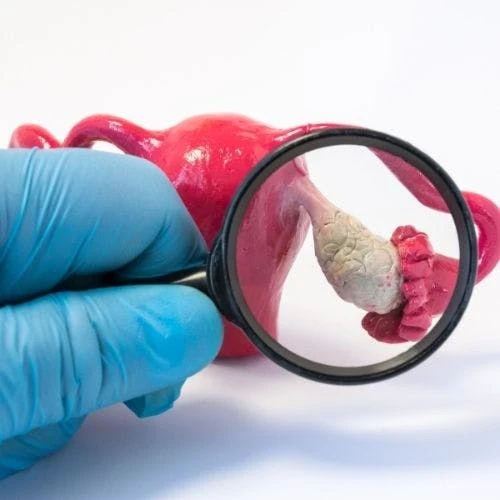Why Do Tampons Leak? How To Stop Period Leaks!
Do tampons leak? Yes, tampons can leak and period leakage can be very frustrating. Luckily, there are ways to avoid this. Let’s take a look at how to best use tampons for a comfortable experience.
Why Do Tampons Leak?
Tampons are a popular choice for menstrual management, providing a discreet and comfortable option for many individuals during their period. However, some people may experience tampon leaks. This can be both frustrating and embarrassing. There are several factors that can contribute to this issue, and understanding the causes can help in finding ways to prevent leaks and ensure a more comfortable experience.
Wrong Size Or Wrong Tampon Absorbency
One common reason for tampon leaks is using the wrong size or absorbency level for one’s menstrual flow. Tampons come in various sizes and absorbency levels to accommodate the range of flow volumes typically experienced during a menstrual cycle. Selecting the appropriate tampon based on one’s flow can greatly reduce the chances of leakage. Additionally, it is important to change tampons regularly, ideally every 4-6 hours, to avoid saturation and potential leaks.
Improper Tampon Insertion Causing Tampon Leaks
Another factor contributing to tampon leaks is improper insertion or positioning. It is important to push the tampon in far enough through the vaginal opening to get a good position. However, it is important to still have enough of the tampon string available for removal. You do not want to push the tampon in so far that you can’t easily access the tampon string. On the other hand, if the tampon is only halfway into the vaginal canal, it may leak.
If it is your first time using a tampon, consider using additional menstrual products as back up. This means also using a pad or period underwear, or both (a menstrual pad secured to your period underwear). Especially on your heaviest day, using multiple menstrual products can be a great option.
Not Changing Tampon Regularly
If the tampon’s absorbency is too low for your flow, it will become saturated quickly and may leak. It is essential to change your tampon every 4-6 hours to minimize the risk of leakage, and consider changing to a higher absorbency if you’re experiencing leaking before 4 hours.
If you are wearing a regular tampon, consider using super-absorbency tampons, especially for heavy flow days. Remember it is important to not leave these in longer than 6 hours even if you are not leaking with them.
How Do Tampons Work
A tampon is designed to absorb menstrual fluid by expanding as it becomes saturated. This expansion allows the tampon to fit snugly within the vagina, preventing leaks. Tampons are typically made from a combination of rayon and cotton, which is highly absorbent and can hold several times its weight in fluid. The tampons are available in various absorbencies, such as light, regular, and super, to accommodate the varying menstrual flows of different individuals.
When it’s time to change your tampon, simply pull on the string to remove it. Always be sure to change your tampon at least every 4-6 hours or when you begin to notice leakage to reduce any risk of toxic shock syndrome and maintain better menstrual hygiene.
Choosing The Right Tampon
Along with the size of the tampon, absorbency levels play a significant role in preventing leaks. Typically, a leaky tampon means it was left in for too long or the wrong absorbency was used. It’s advised to change a tampon every 4 to 6 hours and adjust the absorbency according to your flow. If you are using a tampon during your first period you may want to start with the light absorbency. These tampons tend to be thinner and may be easier for first time insertion. Monitor your flow by frequent visits to the bathroom to make sure you aren’t leaking or by using a backup menstrual pad or period underwear.
Here’s a general guideline on tampon absorbency levels:
- Light: for lighter flow days or days when your period is about to end
- Regular: for average flow days, suitable for most women as a starting point
- Super: for heavier flow days or when you need more protection during physical activities
Keep in mind that an individual’s flow can vary throughout their period. You may need to adjust the tampon absorbency levels according to your flow. By selecting the right tampon size and absorbency level, one can avoid discomfort and leaks, making their period experience more manageable.
Proper Tampon Use To Prevent Tampon Leaks
Insertion Techniques
Using proper tampon insertion techniques is crucial for tampons to be both effective and comfortable. Start by selecting a tampon with the appropriate absorbency for your flow, which may change throughout the duration of your period. To insert a tampon correctly, follow these steps:
- Wash your hands thoroughly to prevent bacteria from entering the vagina.
- Unwrap the tampon, carefully removing the plastic or paper packaging.
- Hold the tampon between your thumb and middle finger at the base of the applicator.
- Make sure the string is facing away from your body and pointed toward the ground.
- Get into a comfortable position, such as sitting on the toilet or standing with one foot elevated.
- Gently push the tampon applicator into the vagina at a slight upward angle toward the lower back.
- Once the applicator is fully inserted, push the plunger to release the tampon into the vagina.
- Slowly pull out the applicator, leaving the tampon and string in place.
Pictures or diagrams of tampon insertion may also be helpful.
Changing Frequency
Related: Is My Vagina Normal? Plus A Female Anatomy Chart
To avoid leaks and possible health issues, such as Toxic Shock Syndrome (TSS), it is essential to change tampons regularly. Tampons should be replaced every 4-6 hours regardless of absorbency. However, if you experience leakage before this time frame, consider opting for a higher absorbency tampon.
Keep track of tampon usage by:
- Setting a timer or phone alarm as a reminder to change tampons.
- Period tracking apps may offer notifications for tampon replacement.
- Adjusting the absorbency of tampons throughout your period to accommodate fluctuations in flow.
By adhering to proper insertion techniques and regular changing intervals, tampon users can decrease the likelihood of leaks and promote overall period health.
Dealing With A Tampon Leak
Backup Methods
The best way to deal with a tampon leak is to have extra protection available. Using additional products with tampons can help. If it is only a small amount of blood that is leaking, using a panty liner may be good enough. For more significant leaks, check out the suggestions below.
Period Underwear
Period underwear is designed specifically to absorb menstrual blood. It may be a good idea to use them in addition to tampons. These specially designed underwear have built-in, absorbent layers and can either be worn alone or as a backup to other menstrual hygiene products.
Many companies that produce period underwear offer various absorbencies to suit different requirements, ranging from light to heavy flow. Some notable benefits of period underwear are that they are reusable. This makes period underwear an eco-friendly choice. Depending on your flow they can help to provide long-lasting protection alongside a tampon.
One potential downside is that the upfront cost for period underwear can be higher than for disposable products. The good news is that they are worth the investment because of their reusability and durability.
Menstrual Pad
On heavier days you can also use a menstrual pad in addition to a tampon. Sometimes a thin maxi pad may be enough for a small period blood leak. It may give you just enough time to realize you have a leak and get to the bathroom. You can use a menstrual pad inside period underwear as well but you may not need to do this if you think you will be able to get to a private place fast enough to change out your menstrual products. Overnight pads tend to be very thick and can provide extra protection, but each person’s comfort level with these can vary. Some overnight pads are thin but others can be very thick and somewhat uncomfortable.
Recognize Signs Of A Full Tampon
It’s essential to be aware of the signs that indicate your tampon is full and needs to be changed. Changing your tampon every 4 to 6 hours is typically recommended, but you should change it more often if you notice any of the following signs:
- Feeling of heaviness or discomfort: A full tampon may cause a sense of heaviness or discomfort in the vagina since it has absorbed its maximum capacity.
- Leaking: When your tampon becomes full, it may not be able to absorb any more blood, which could lead to leakage.
- String saturation: If the string of your tampon appears saturated or has blood on it, this may indicate that it is full or is positioned poorly.
- Difficulty removing: A tampon that has reached its maximum capacity may be more challenging to remove due to the increased blood saturation in the tampon.
To prevent tampon leaking, it’s important to choose the correct absorbency and adjust it based on your flow during your period. If you find yourself having to change your tampon frequently within 4 hours, consider using a higher absorbency tampon to better suit your flow. Always remember to practice good hygiene and change your tampon regularly to reduce the risk of infection.
Alternatives To Tampons
Menstrual Cups
Menstrual cups are a popular alternative to tampons. They are bell-shaped silicone or rubber cups that are inserted into the vagina to collect menstrual blood. Menstrual cups can be used for up to 12 hours, and they are reusable, making them an environmentally friendly choice.
Some advantages of menstrual cups include their cost-effectiveness, as they can last for several years, and their lower risk of causing toxic shock syndrome (TSS) compared to tampons. However, there may be a learning curve to using them properly. In the beginning, they can be messier than you anticipated.
Do Tampons Leak?
Tampons do leak on occasion for many people. Ensuring that the tampon is inserted correctly and sits in the right position in the vagina can help prevent leaks. Using the right type of tampon for your heavier period days can also be helpful. Remember to change tampons at least every 4 to 6 hours for hygiene as well as to prevent leaks. Practicing proper insertion techniques, following guidelines provided by the tampon manufacturer.
Remember to be patient while getting used to using tampons. You can use period undies or a menstrual pad or both to help if you have a very heavy period. Even though a super tampon can be helpful for extra heavy flow, it is important to not leave a super-absorbent tampon in too long. Always keep a spare pair of underwear and pants if needed if it is your first period or you are still getting comfortable with tampon usage.
We discuss products we think are useful to people. If you buy something through our links, we may earn a commission. Remember to check with your personal physician to see if a product recommended is right for you.








